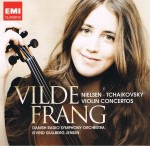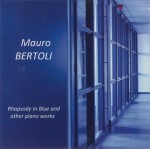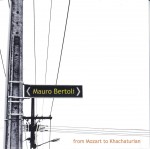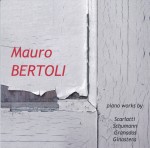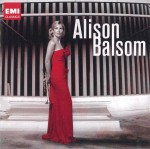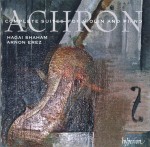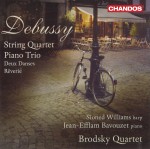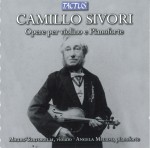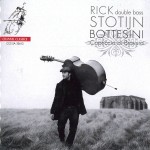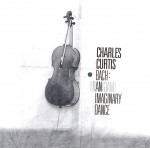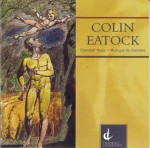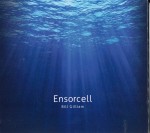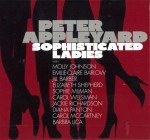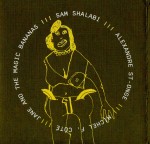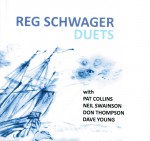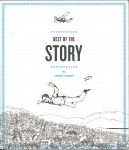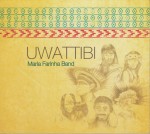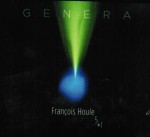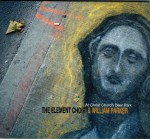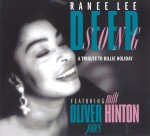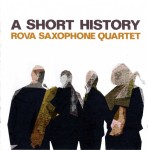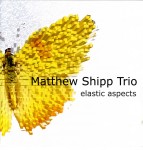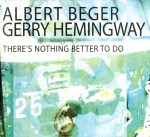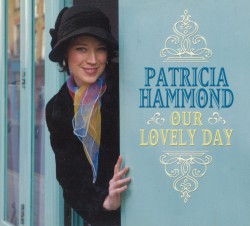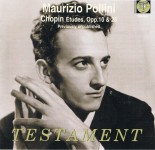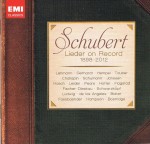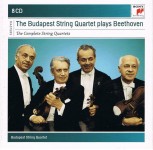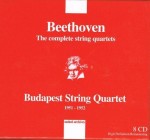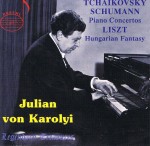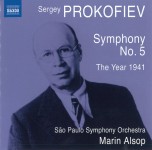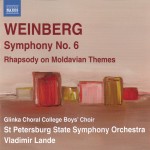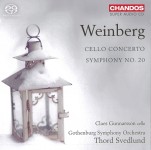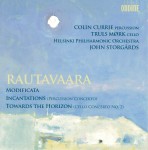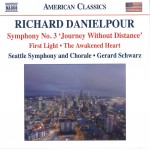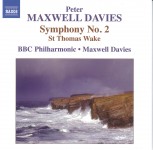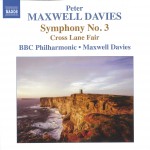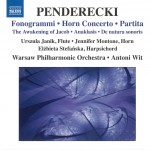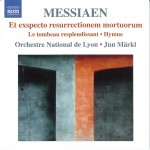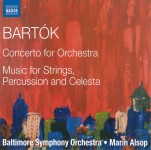Glenn Gould plays Bach - Bruno Monsaingeon
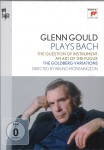 Glenn Gould plays Bach
Glenn Gould plays Bach
Bruno Monsaingeon
Sony Classical 88691975049-01/2/3
It was with trepidation that I undertook this review of Glenn Gould’s three films directed by Bruno Monsaingeon. For many musicians, including myself, Glenn Gould was an icon. We grew up listening to his prodigious recordings of Bach and other composers. In fact, my first contemporary music experience as a pre-teen was listening to the Gould recordings of Schoenberg, Berg, Webern and Krenek. These and the inimitable Bach performances by Gould influenced my future repertoire choices and inspired me to adore Bach. I was mesmerized by Gould’s intelligence, wit, genius and effortless charisma in front of the camera or microphone. The question for me was whether he would still continue to seduce musically and charm conversationally today. There is an abundance of excellent Goldberg Variations in the market now and with everyone attempting to be a star on YouTube, being on camera is not necessarily such a special event anymore.
The first DVD, The Question of Instrument, allayed my fears. Glenn Gould shall remain on his pedestal. This is an excellent and invaluable clinic in voicing. In spite of the occasional harsh tone and lots of singing, the contrapuntal lines always flow naturally with an unerring articulation and precision. The voicing feels free and flexible as if being composed on the spot. The levels of dynamics are rich and varied with unique characteristics that force you to follow the lines to the resolution. The conversation in this DVD is a must for all musicians, teachers, scholars and performers. It is the question of harpsichord or piano.
Glenn Gould could have been a lawyer because he wins his argument easily. He supports playing Bach on the piano. Bach was into structure and his music adapts to any instrument. Gould also believes that the piano can get you closest to Bach’s conceptions of form, structure, harmony and counterpoint. He performs several pieces, demonstrating alternate versions of phrasing and sonority. He discusses various instrumentations that can come from one piece and gives relevant examples. Gould dismisses critics of the piano by calling their arguments “musicological overkill.” Brilliant, virtuosic music is also offered as an argument to favour the piano over the harpsichord (in spite of Scarlatti’s efforts). To demonstrate, Gould performs the Chromatic Fantasia in D Minor and although he calls the piece a “monstrosity” he played it with emotion and impeccable technique. This is a very improvisatory piece, almost like background film music according to Gould, and with his singing he sounded like an opera star with an over the top accompanist from a horror film from the 40s. This was a moment of welcome levity and reminds us of Gould’s comic acting abilities. He refers to this kind of music as Bach for people who do not like Bach. The other work on his “hit” radar was the Italian Concerto, another overplayed work on student recitals. Gould compared the Italian Concerto to Georgian architecture but insisted that Handel wrote this kind of music better. In performing this piece Gould says that it is best not to destroy the structure with too many crescendos and pianistic affectations. For comparison Gould performed the Sarabande from the Partita No.6 in E Minor to demonstrate a freer form and showed us different tempos that all seemed to work. His performance of the entire Partita No.4 in D Major was a marvel. The ornaments are crisp and exciting; the counterpoint is articulate and the voicing impeccable with a tapestry of texture and touch.
The second DVD is called An Art of the Fugue and appropriately begins with the Fugue in B-Flat Major on the name BACH. Again, what a wonderful masterclass in fugues for any musician; everything complicated is explained with clarity and ease by Gould. The program notes, which are excellent, by the way, say that Gould rehearsed everything. It doesn’t matter, it still sounds spontaneous and the information is invaluable. The fugal structures become a dramatic journey through harmony, counterpoint and resolution. What a majestic performance and deep understanding Gould brings to all the fugues he performs in this DVD. For those who find fugues boring, listen to and watch this DVD. Highlights include the E Major from Book 2, a cantabile Ricercare, which was also Arnold Schoenberg’s favourite. Preludes are missing from this fugue extravaganza. Gould has some demeaning comments on the Preludes but gives a nod to the one from the Prelude and Fugue in A Major,Book 2. Gould speaks for the artistic and creative merits of fugal structures. Fugal adventures were not popular in Bach’s time. Gould mentions minuets as the hot form of the day. However, Bach turned his back on this and other forms to borrow concepts from the last 100 years such as Flemish devotional music. There is a piece in the Art of the Fugue which also shows Bach’s far-reaching chromaticism in an infinitely expanding musical universe. It sounds like Schoenberg. The astonishing and ear-opening comments and playing inspired me to immediately go to the piano and play some fugues.
What to say about the third DVD The Goldberg Variations? I enjoyed the introduction which showed Gould picking his takes and explaining why he chose them. He also spoke about his reasons for recording the Goldberg Variations again for the second time. He said that the technology of 1955, due to the lack of stereo and Dolby, invalidated the process of the first version. What a coup for musicians to have Gould’s two versions, but it made me wonder if he had lived would he have recorded it again? The DVD concludes with the entire performance of the Goldberg Variations.
Teary eyed and blissfully involved with the music, I can only say that Glenn Gould shall remain an icon and a legend with his awe inspiring genius. I know that there are a lot of recordings, books and DVDs about him but I highly recommend this trilogy.
Editor’s Note:
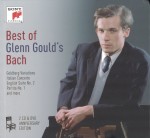 September marks 80 years since Glenn Gould’s birth and 30 since his untimely death just days after his 50th birthday and Sony is releasing a number of Anniversary Edition CDs and DVDs in the coming months. The first to come our way is Best of Glenn Gould’s Bach, a 2-CD plus DVD set, which includes excerpts from the historic 1955 recording of The Goldberg Variations, the Italian Concerto (mentioned above), English Suite No.2 and Partita No.1 among other offerings (Sony Masterworks 88728421762).
September marks 80 years since Glenn Gould’s birth and 30 since his untimely death just days after his 50th birthday and Sony is releasing a number of Anniversary Edition CDs and DVDs in the coming months. The first to come our way is Best of Glenn Gould’s Bach, a 2-CD plus DVD set, which includes excerpts from the historic 1955 recording of The Goldberg Variations, the Italian Concerto (mentioned above), English Suite No.2 and Partita No.1 among other offerings (Sony Masterworks 88728421762).
Dreamers Renegades Visionaries:
The Glenn Gould Variations is a two-day festival of new work, new interpretations and new collaborations, from Argentina, Britain, Canada, China, Croatia, France, Germany, Japan and the USA at Convocation Hall, University of Toronto, September 22 and 23. It features more than 50 participants including Canadian luminaries Brent Carver, Adrienne Clarkson, Adam Egoyan, François Girard, Norman Jewison and Mark Kingwell to name but a few. Full details are available at www.glenngouldvariations.ca.


